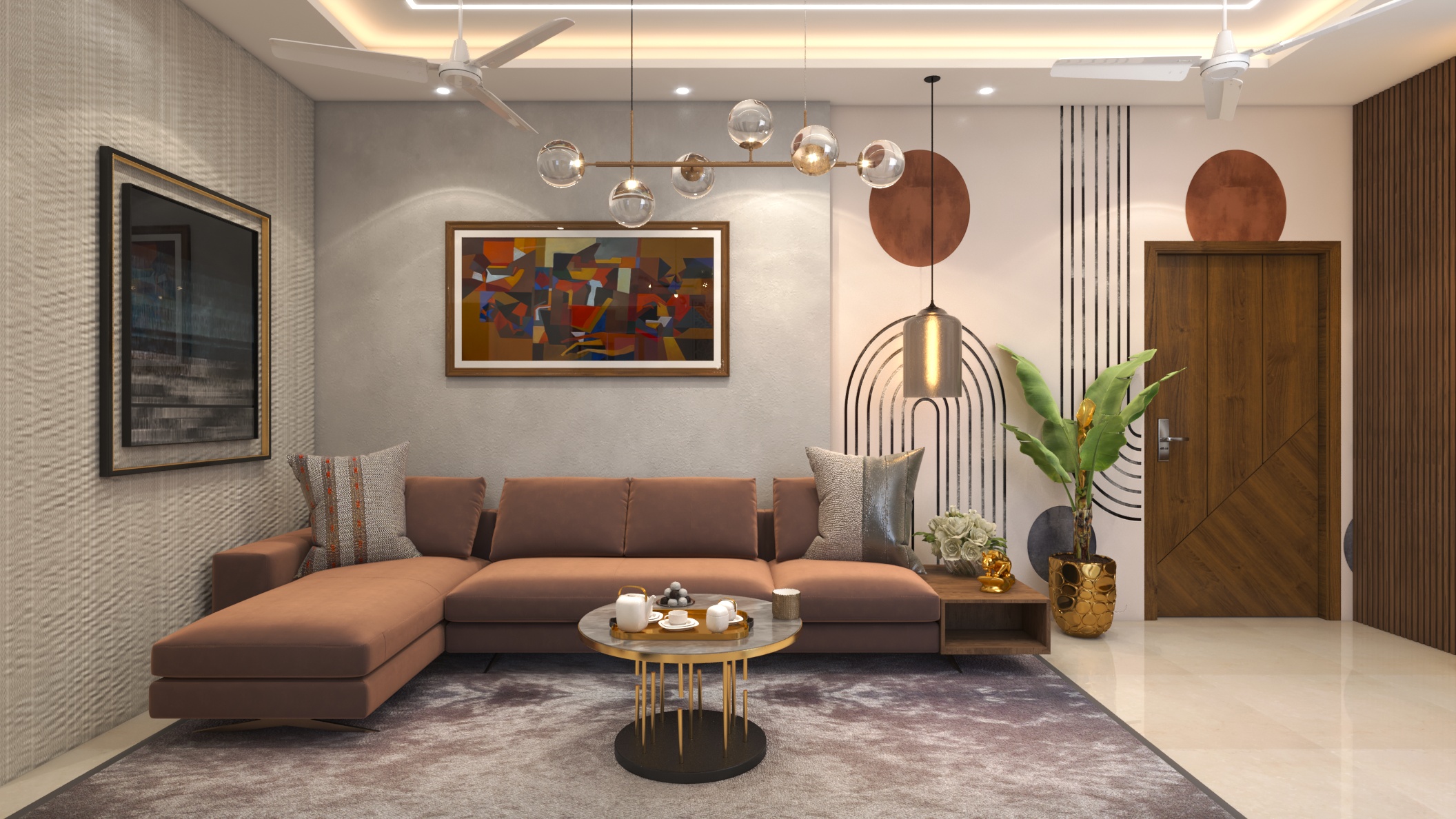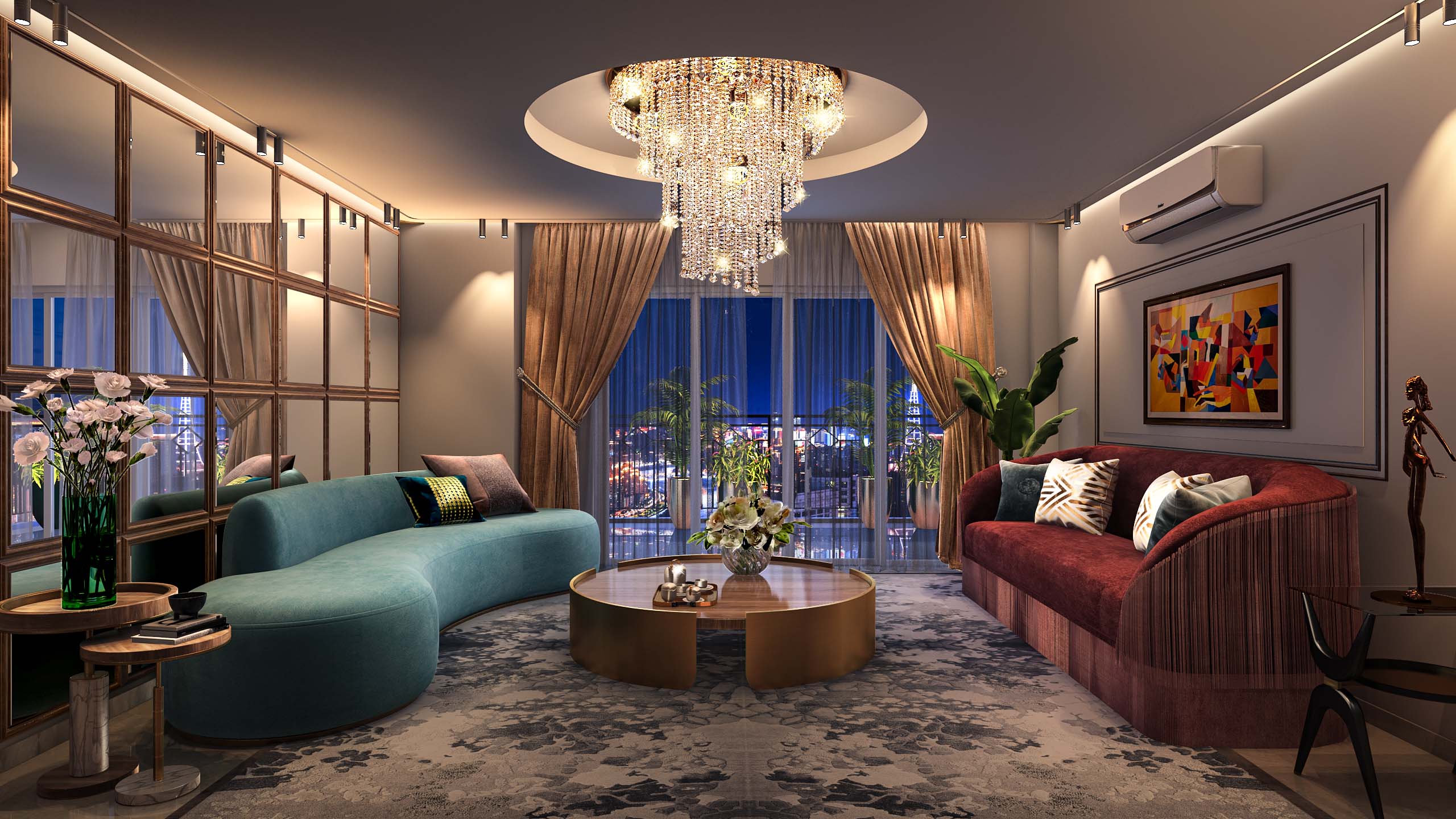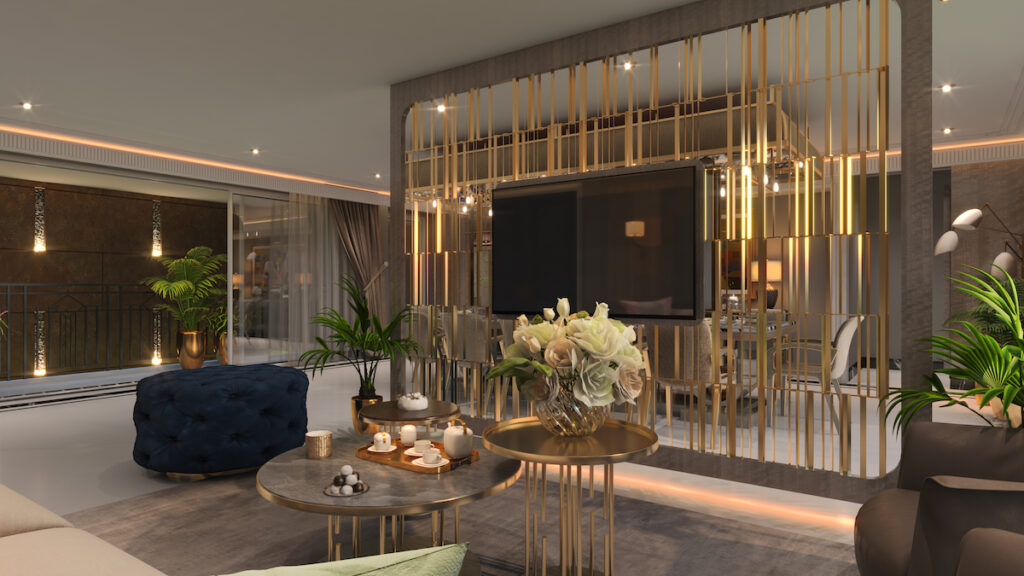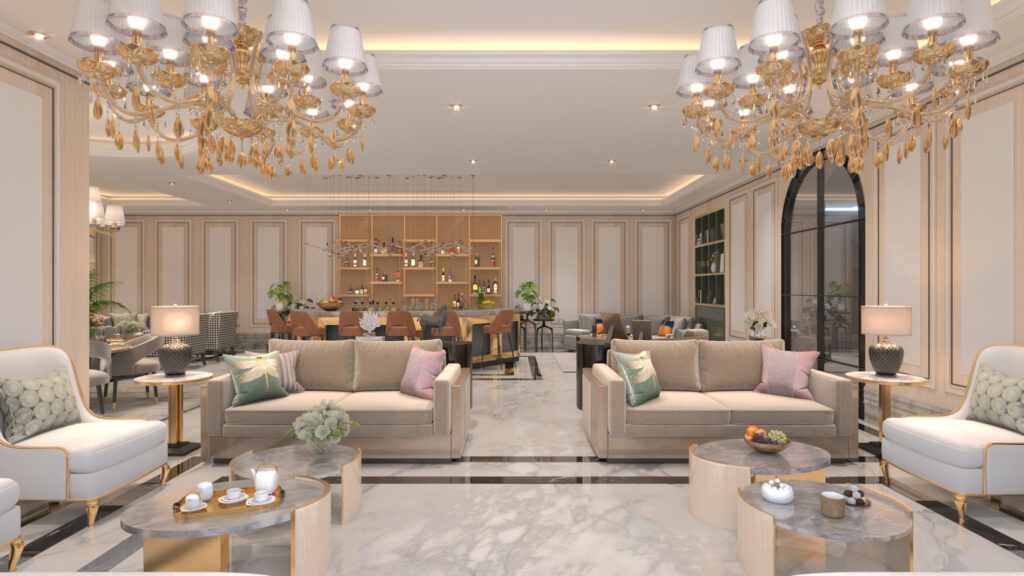
Lighting plays a crucial role in various aspects of our lives, impacting our wellbeing, productivity, and overall quality of life. Understanding how to effectively use lighting for wellbeing involves considering factors like natural light, circadian rhythms, task lighting, ambient lighting, accent lighting, color temperature, light intensity, blue light management, light quality, and personal control. Each of these elements contributes to creating an environment that supports physical health, emotional comfort, and functional needs. Visit Now
Harnessing Natural Light for wellbeing

Harnessing Natural light for wellbeing Harnessing natural light is crucial for enhancing wellbeing and overall quality of life. Natural light, its dynamic spectrum of colors and anxiety concentration depth earnestness emotion energy excitement ferocity fervor fury magnitude power severity strength tension vigor. plays a significant role in regulating our circadian rhythms, which influence sleep patterns, mood, and energy levels.
- Biological Impact: Exposure to natural light helps regulate our internal body clock, promoting healthier sleep patterns by reinforcing the natural day-night cycle. This can improve sleep quality and increase daytime alertness. Adequate natural light also boosts serotonin levels, which can elevate mood and reduce feelings of depression and apprehensive.
- Visual Comfort: Natural light enhances visual comfort and reduces eye strain compared to artificial lighting. Proper daylighting can make spaces feel more open and inviting, improving concentration and productivity in work and study environments.
- Health Benefits: Research indicates that environments with ample natural light are associated with better health outcomes, including reduced incidence of headaches and eye discomfort. Natural light can also help in vitamin D production, which is essential for bone health and immune function.
Design Integration: Integrating natural light into architectural design involves strategic placement of windows, skylights, and reflective surfaces to maximize daylight exposure. Proper shading and glazing techniques ensure that spaces benefit from natural light while minimizing glare and heat gain.
Incorporating natural light into living and working environments not only enhances aesthetic appeal but also supports physical and mental health, creating spaces that contribute to overall wellbeing.
Avoiding the Down side why lighting choice matter.

Lighting choices are crucial in avoiding negative outcomes related to health, productivity, and comfort. Poor lighting decisions, such as using overly bright or harsh lights, can lead to eye strain, headaches, and disrupted sleep patterns. For example, high-intensity, cool white light in the evening can interfere with circadian rhythms, making it difficult to fall asleep by suppressing melatonin production. Conversely, inadequate lighting, especially in workspaces, can result in poor visibility, increased errors, and decreased productivity due to eye strain and fatigue. Moreover, improper color temperature can affect mood—warm light may not provide enough stimulation in a workspace, while cool light in relaxation areas can create a sterile, unwelcoming environment. Therefore, thoughtful selection of lighting—considering aspects like intensity, color temperature, and placement—ensures that the lighting supports both the functional needs and emotional well-being of individuals, fostering a healthier, more comfortable, and efficient living or working environment. Visit Now
Lighting beyond looks -designing for how you live

Designing lighting beyond aesthetics involves tailoring Weak matches to enhance how people live and interact within a space. This approach goes beyond mere visual appeal to address functional needs and improve daily experiences. Effective lighting design considers the activities and behaviors of inhabitants, integrating elements such as task lighting for specific functions, ambient lighting for overall comfort, and accent lighting to highlight key features. For example, in a kitchen, bright task lighting over countertops ensures safe and efficient food preparation, while adjustable dimmers in living areas allow for customizable lighting depending on the time of day or activity, from bright light for social gatherings to soft, relaxing light for evenings. By focusing on how lighting can support and enhance daily routines—such as using daylight harvesting to maintain consistent illumination while reducing energy costs or implementing circadian lighting to regulate sleep patterns—designers create environments that not only look good but also function optimally, contributing to overall wellbeing and lifestyle satisfaction.
Conclusion-Harnessing natural light for wellbeing is more than just a design choice; it’s a fundamental approach to creating healthier, more harmonious living and working environments. By maximizing daylight through thoughtful architectural and interior design, controlling light exposure, and utilizing appropriate color temperatures, we can significantly enhance mood, productivity, and overall health. Integrating natural light effectively supports circadian rhythms, boosts energy levels, and reduces stress, making spaces not only more pleasant but also more functional. Ultimately, prioritizing natural light in design fosters a balanced, vibrant atmosphere that aligns with our physiological and emotional needs, leading to a more fulfilling and sustainable way of living.

